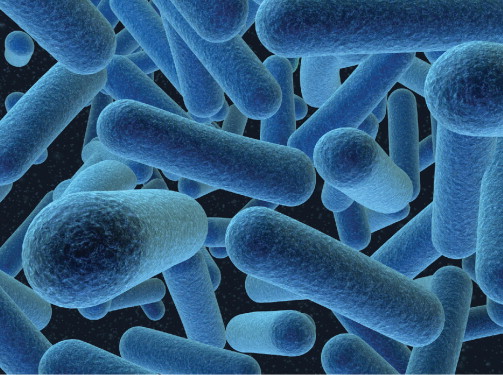Antimicrobial additives for plastics are revolutionizing the way we think about hygiene and safety in our everyday lives. These additives are engineered to help prevent the growth and spread of bacteria, viruses, and other harmful microorganisms on plastic surfaces. From medical devices and food packaging to everyday products like phone cases and keyboards, antimicrobial additives are playing an increasingly important role in the plastics industry.
So how do antimicrobial additives work? These additives are typically made from naturally occurring substances, such as silver or copper ions, which are added to the plastic during the manufacturing process. When bacteria or other microorganisms come into contact with the plastic surface, the antimicrobial agents work to disrupt their cellular functions, preventing them from replicating and ultimately killing them off.
One of the key benefits of antimicrobial additives for plastics is their ability to help prevent the spread of infectious diseases. In the wake of the COVID-19 pandemic, there has been a surge in demand for products that can help keep us safe and healthy. Antimicrobial plastics can play a critical role in this effort, particularly in high-touch areas like hospitals, schools, and public transportation.
But antimicrobial additives are not just limited to medical or industrial settings. They are also being incorporated into everyday products that we use in our homes and offices, such as phone cases, computer keyboards, and even kitchen utensils. By preventing the growth and spread of harmful microorganisms, these products can help reduce the risk of illness and promote better hygiene practices.
Another key benefit of antimicrobial additives for plastics is their ability to extend the lifespan of plastic products. Bacteria and other microorganisms can cause degradation and deterioration of plastic materials over time, leading to cracking, discoloration, and other forms of damage. By incorporating antimicrobial agents into the plastic, manufacturers can help prevent these issues and extend the life of the product.
Antimicrobial additives can also help reduce the need for harsh chemicals or disinfectants, which can be harmful to both the environment and human health. By incorporating these additives into plastic products, manufacturers can provide a more sustainable and eco-friendly solution for maintaining hygiene and preventing the spread of disease.
Of course, as with any technology, there are also some potential downsides to consider. For example, some experts have raised concerns about the potential for antimicrobial resistance, which could occur if bacteria and other microorganisms evolve to become resistant to the antimicrobial agents. Additionally, some studies have suggested that prolonged exposure to certain antimicrobial additives could have negative health effects, such as disrupting the body’s natural microbiome.
Despite these potential drawbacks, the overall benefits of antimicrobial additives for plastics are clear. By helping to prevent the spread of disease, extending the lifespan of plastic products, and promoting better hygiene practices, these additives are playing an increasingly important role in the plastics industry. As the demand for safer, more sustainable products continues to grow, it’s likely that we’ll see even more innovation and development in this area in the years to come.
In conclusion, the power of antimicrobial additives for plastics cannot be overstated. These innovative technologies are helping to promote better hygiene practices, reduce the spread of disease, and extend the lifespan of plastic products. As we continue to navigate the challenges of the COVID-19 pandemic and beyond, it’s clear that antimicrobial plastics will play a critical role in our efforts to stay safe, healthy, and sustainable.








